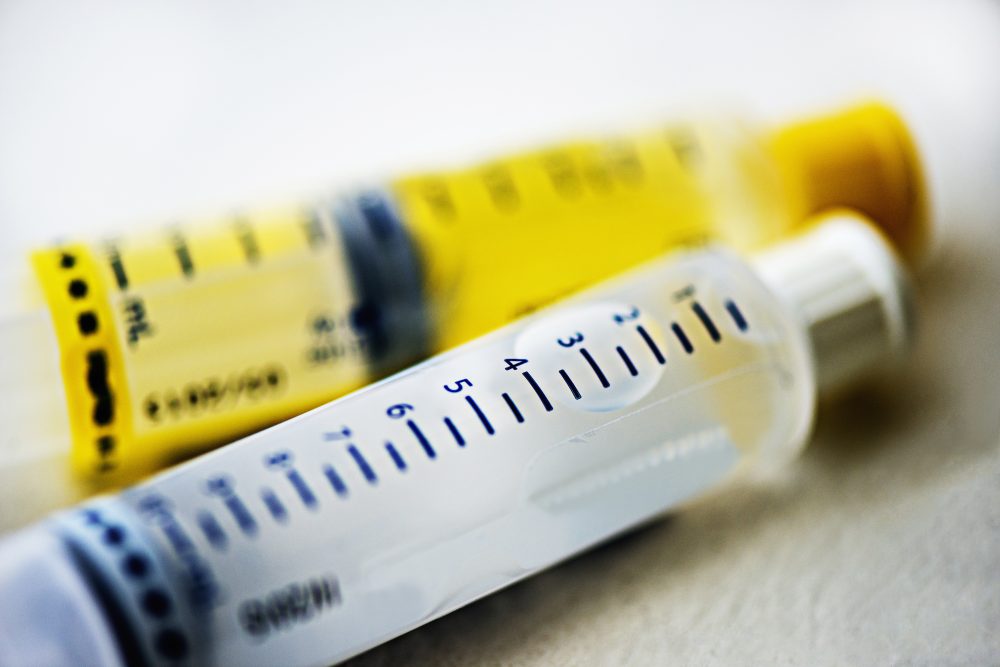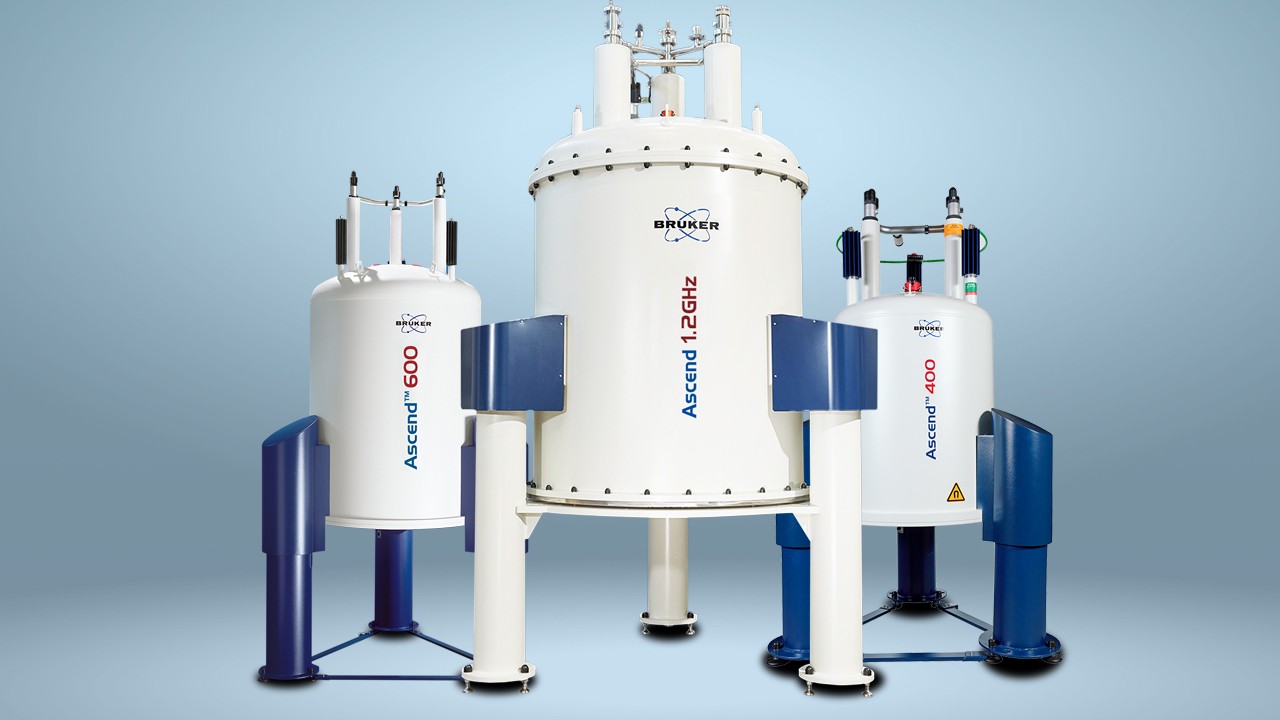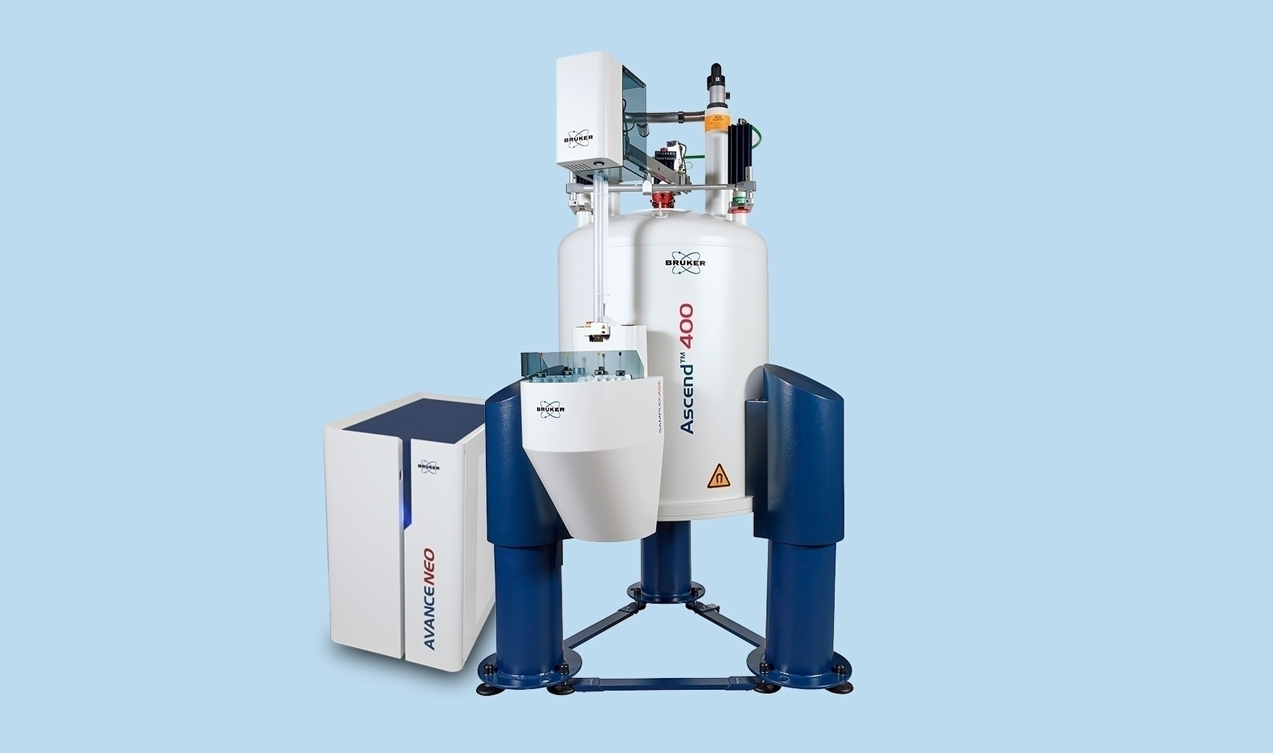

Structural Analysis of Heparin Using NMR Spectroscopy and Chemometrics
“PCA and HSQC analyses were able to distinguish between crude heparins of different animal and organ sources and manufactured by different processes”
Heparin, a naturally occurring anticoagulant, is the drug most commonly used to provide anticoagulant and antithrombotic efficacy. It is used in the treatment of a range of cardiovascular disorders and intravascular coagulation disorders where thinning of the blood is desirable. It is also used prophylactically to prevent clots forming after major surgery and causing post-operative deep venous thrombosis or pulmonary embolism.
Heparin is a heterogeneous mixture of polysaccharides of varying molecular weight. It can also be used in a low molecular weight form that, as the same indicates, has had the larger polymers removed. Although less effective, low molecular weight heparin is commonly used as it has a lower risk of bleeding and so requires less monitoring.
Heparin for medicinal use was originally obtained from the intestinal mucosa of both cows and pigs but, due to concerns about bovine spongiform encephalopathy (BSE), most countries now only use porcine-derived heparin.
Some unscrupulous manufacturers tried to meet the increased demand for porcine heparin by augmenting it with the inexpensive semi-synthetic anticoagulant chondroitin sulphate. This resulted in many health problems and even deaths1, highlighting the need for more stringent quality control procedures.
The use of nuclear magnetic resonance (NMR) spectroscopy and high-performance liquid chromatography (HPLC) testing in recent years has removed the risk of such contaminated heparin products reaching the market again.
However, although such methodologies effectively identify the presence of impurities, they will not determine the origin of crude heparin, ie, pig versus cow. With crude heparin being sourced from many manufacturers around the globe, it is often impossible for producers of medical-grade heparin to trace the source of the crude heparin they obtain for purification.
A single batch of crude heparin may include heparin from animals sacrificed at several different slaughter houses. It is therefore important that crude heparin is tested for quality and authenticity prior to investing in purification processes to produce medical-grade heparin.
It is possible to determine the source of crude heparin by analyzing its composition and sulphur distribution. However, current analysis of heparin does not include determination of its structure and composition.
Researchers have recently demonstrated that NMR spectroscopy and chemometrics can effectively distinguish between crude heparins originating from different animals or organs and manufactured using different processes2.
NMR spectra of heparin samples collected from 13 different manufacturers between 2010 and 2015 were obtained using a Bruker AVANCE III 600 MHz spectrometer or Bruker AVANCE III HD 500 MHz spectrometer and processed and integrated using Bruker TopSpin software. The quantitative composition of crude heparin was determined using heteronuclear single quantum coherence spectroscopy.
The data showed varying compositions across the crude heparins tested, indicating the different levels of purification achieved by different manufacturers and correctly differentiated heparins from different sources.
References
Guerrini M, et al. Oversulfated chondroitinsulfate is a contaminant in heparin associated with adverse clinical events. Nat. Biotechnol. 2008;26:669–675.
Mauri L, et al. Combining NMR Spectroscopy and Chemometrics to Monitor Structural Features of Crude Heparin. Molecules 2017;22:1146.


